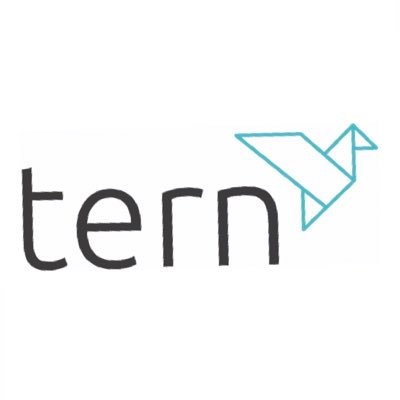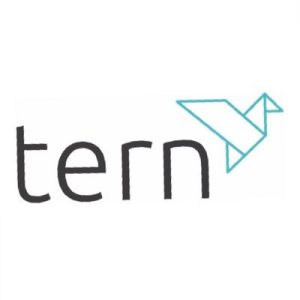The Internet of Things (IoT) has expanded rapidly, with connected devices influencing many aspects of our lives. This interconnected landscape is set to grow even further, with global investment in IoT anticipated to surpass $1 trillion by 2026. A compound annual growth rate of 10.4% over the 2023-2027 forecast period points to a robust increase in IoT-related spending and innovation. But what specific trends and use cases are driving this momentum, and what developments can we expect to see in 2024 and beyond?
Historically, we have described IoT devices as “smart,” yet most devices primarily served as connected rather than truly autonomous. Now, the integration of artificial intelligence is moving IoT beyond simple connectivity, enabling smart devices that analyse and act on data independently. This evolution in AI-powered IoT transforms the field into a network of genuinely intelligent devices, paving the way for advanced decision-making and process control, often at the edge of networks. However, as IoT and AI integrate, challenges arise with thousands of devices connected, each potentially operating independently. To manage these dynamics, there will be an increased focus on developing interoperability protocols, data-sharing models, and operational hierarchies.
This shift towards intelligent IoT devices will demand investment in new skill sets. Businesses are likely to focus on training or hiring data scientists, data engineers, and, in the case of generative AI, prompt engineers to address the complex data flows inherent in these systems.
Robotics is another area closely linked to IoT growth, especially within industrial settings. IoT advancements have made robotic solutions more accessible, and Gartner forecasts that over 100 million people will work alongside robots by 2026. Autonomous vehicles are a significant example within this domain, and their adoption will be supported by innovations in 5G networks and AI-based autonomous decision-making, enabling swift, localised processing essential for safe navigation and hazard detection.
While IoT advances present transformative potential, they also introduce data privacy and cybersecurity complexities. Each new IoT device can create network vulnerabilities, raising concerns about data privacy due to the scope of personal data often captured. AI is beginning to play a role in cybersecurity, with automated tools for network monitoring offering enhanced protection. Still, the rise of connected devices demands increased vigilance. Gartner suggests that nearly half of Chief Information Security Officers (CISOs) will see their roles expand by 2027 to address the broader regulatory pressures and security challenges. Additionally, the fight against “malinformation” – much of it generated by AI – could drive enterprises to allocate over $30 billion towards its mitigation by 2028, stretching both marketing and cybersecurity resources.
For industrial companies, IoT solutions are now critical to managing real-time operations and improving process efficiency. But beyond operational gains, IoT technology enables businesses to forge stronger connections with customers by embedding IoT sensors directly into products. The data generated can reveal consumer behaviours, preferences, and usage patterns. This insight offers multiple benefits, from optimising product performance to guiding future product development, reshaping marketing strategies, and even enhancing after-sales support.
As we look to 2024 and beyond, the trends shaping IoT’s future promise to further revolutionise various industries. The continuous addition of 5G, edge computing, and AI enhancements will drive new applications for IoT technology across multiple sectors, creating a landscape ripe with innovation and opportunity.
The IoT’s rapid evolution highlights how interconnected devices, with AI’s support, are transforming industries in real time. As IoT ecosystems become more advanced, industries will need to navigate the challenges and embrace the opportunities this shift presents.
Tern plc (LON:TERN) backs exciting, high growth IoT innovators in Europe. They provide support and create a genuinely collaborative environment for talented, well-motivated teams.


